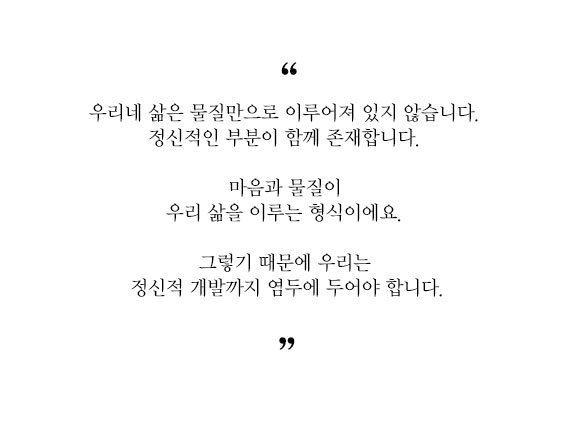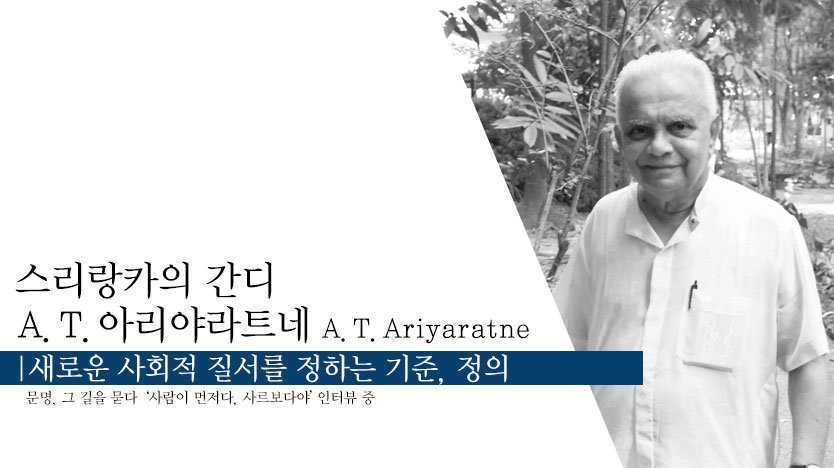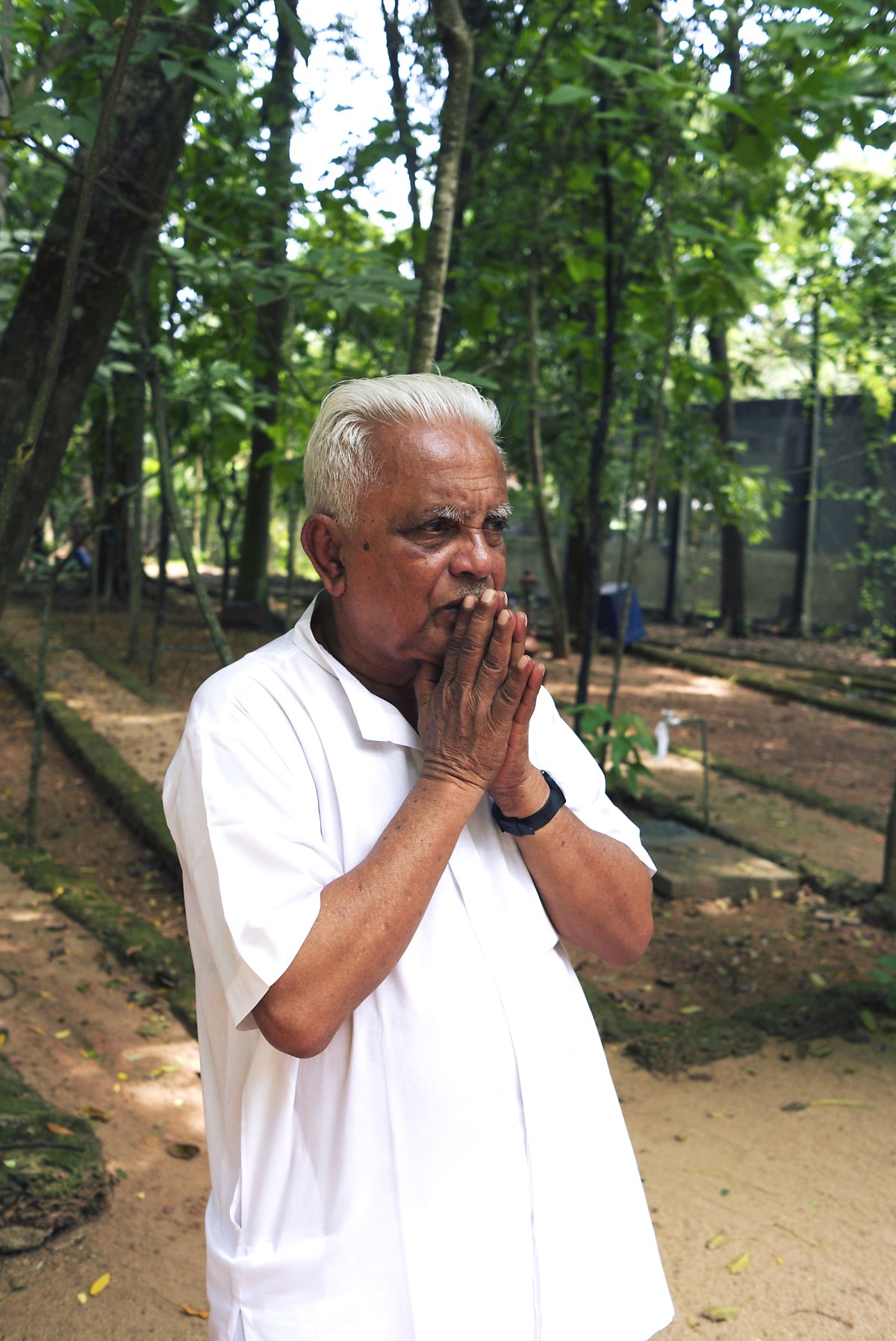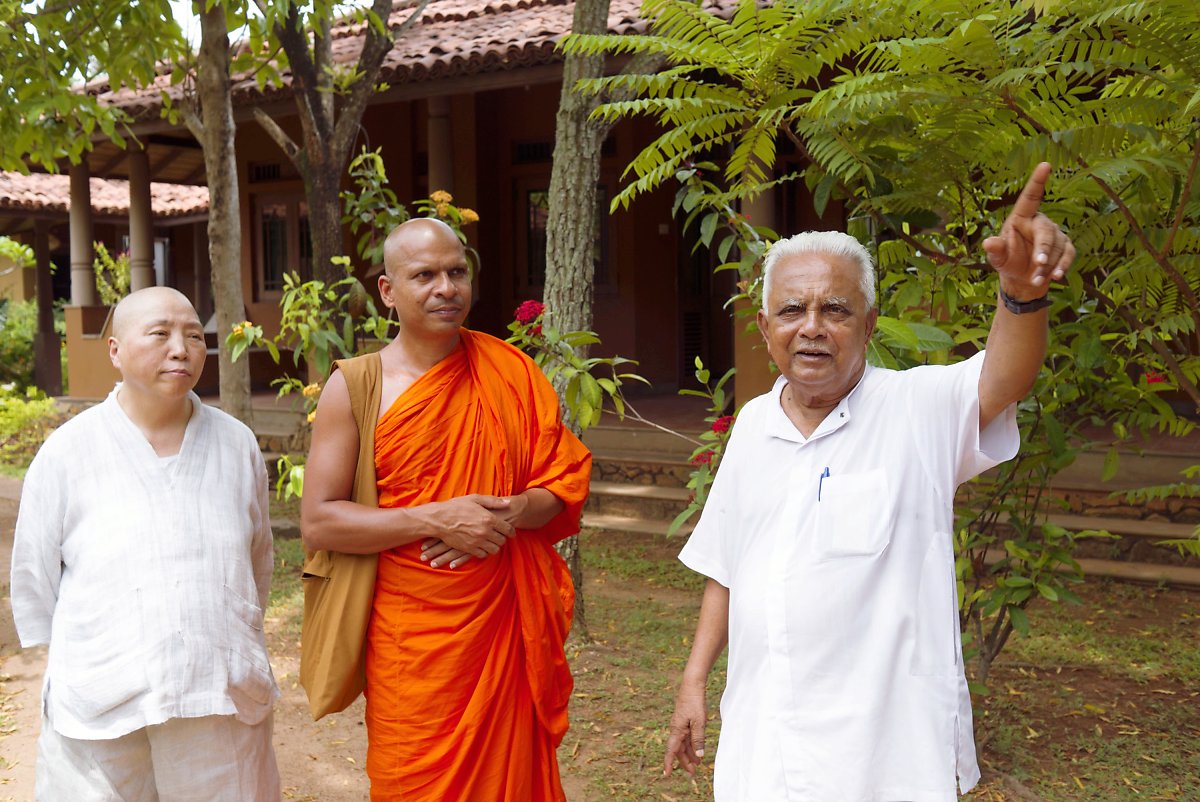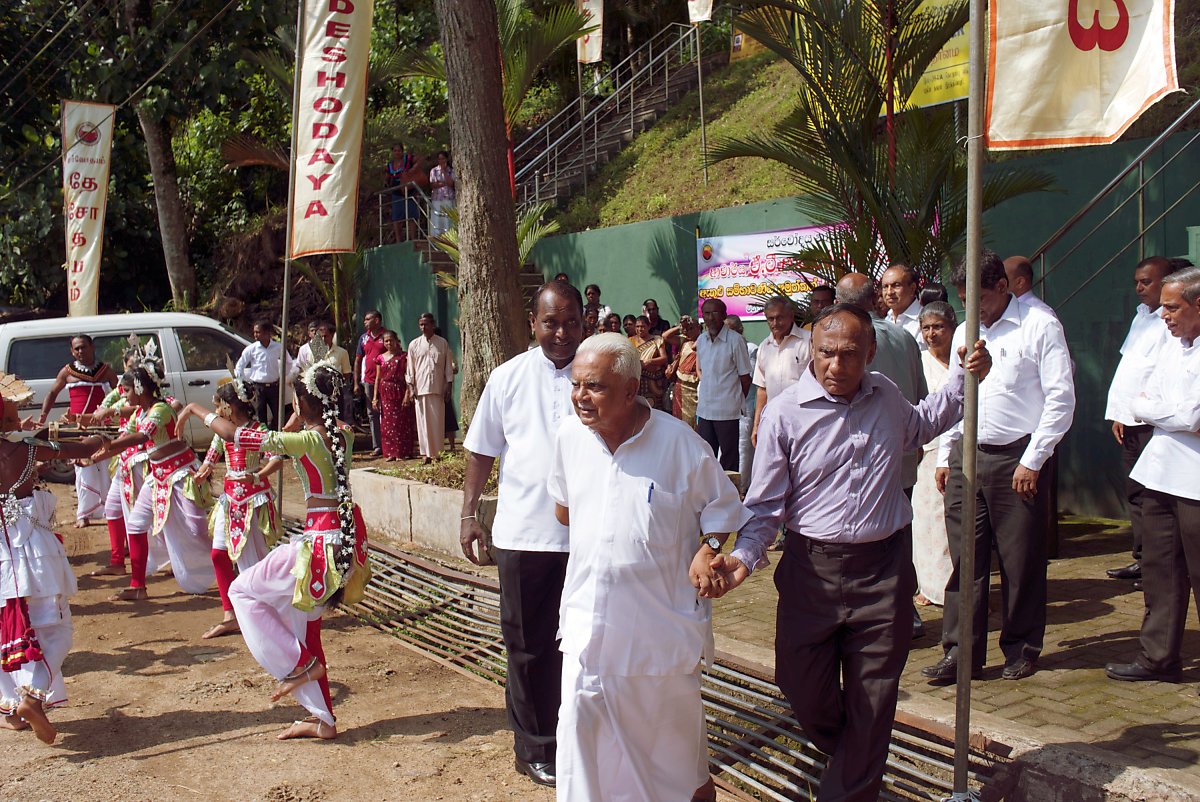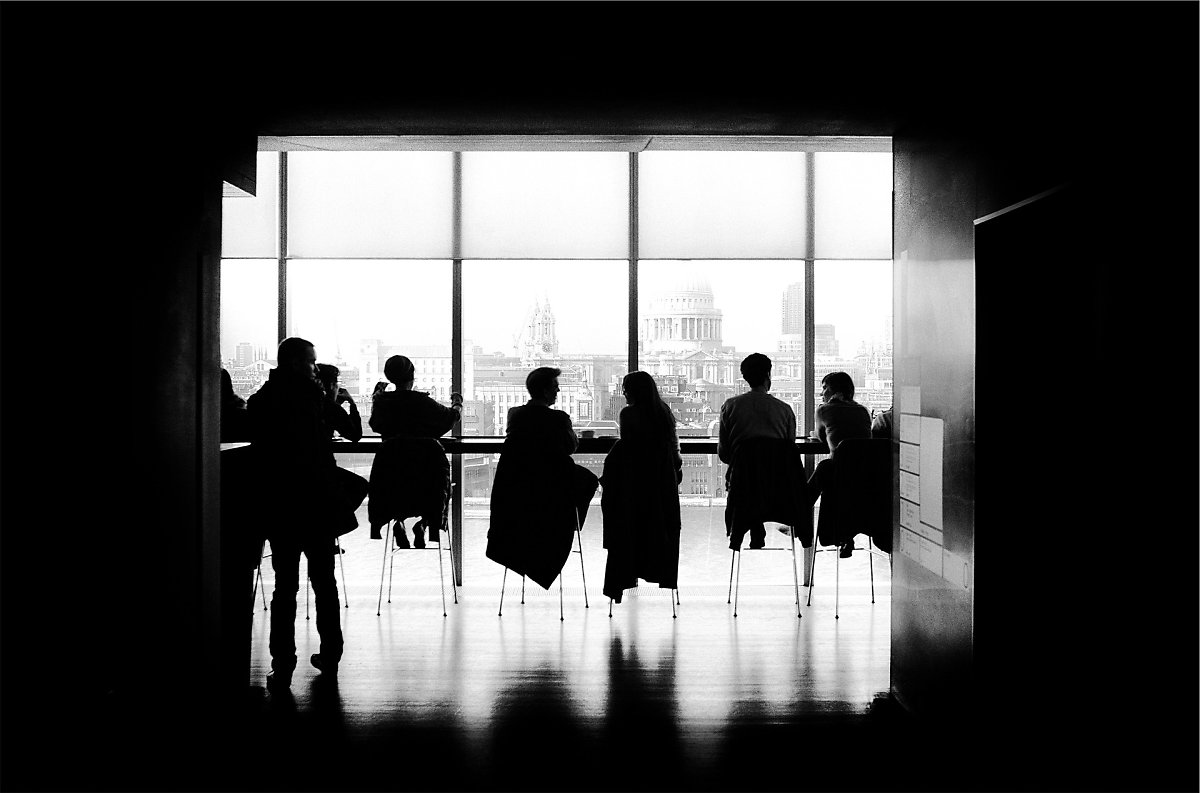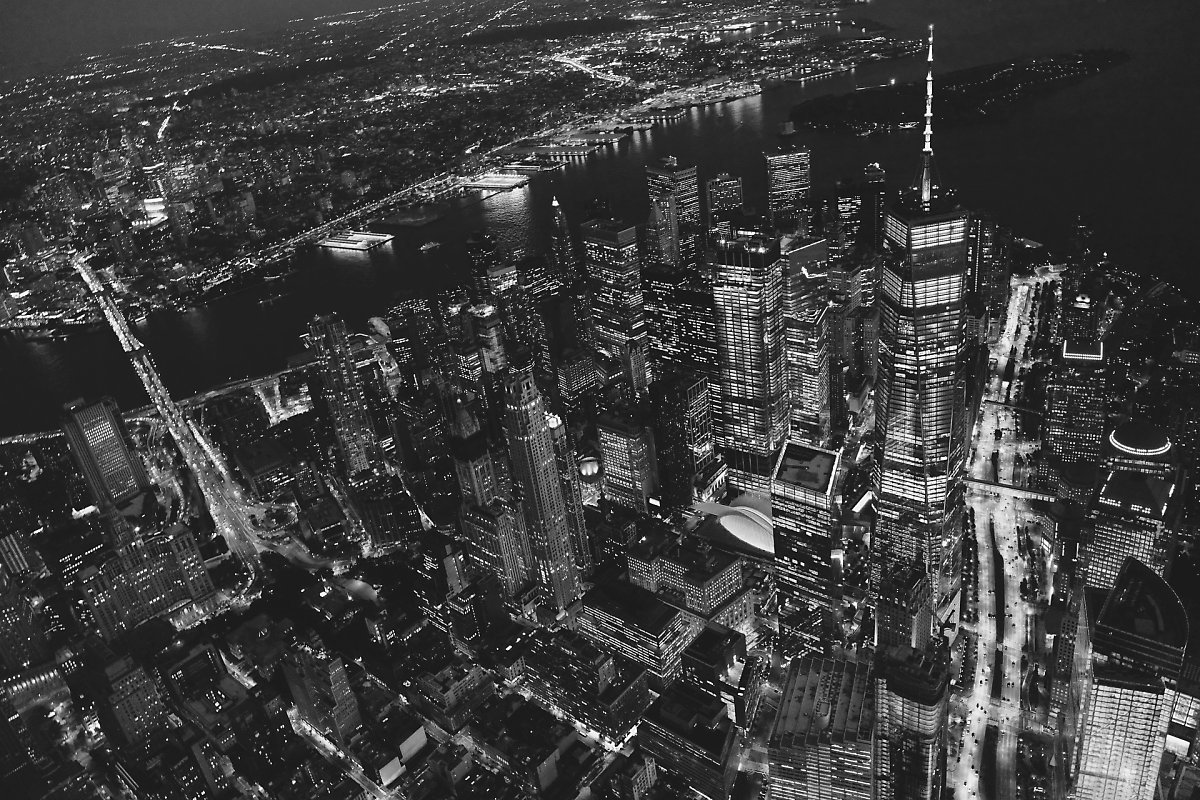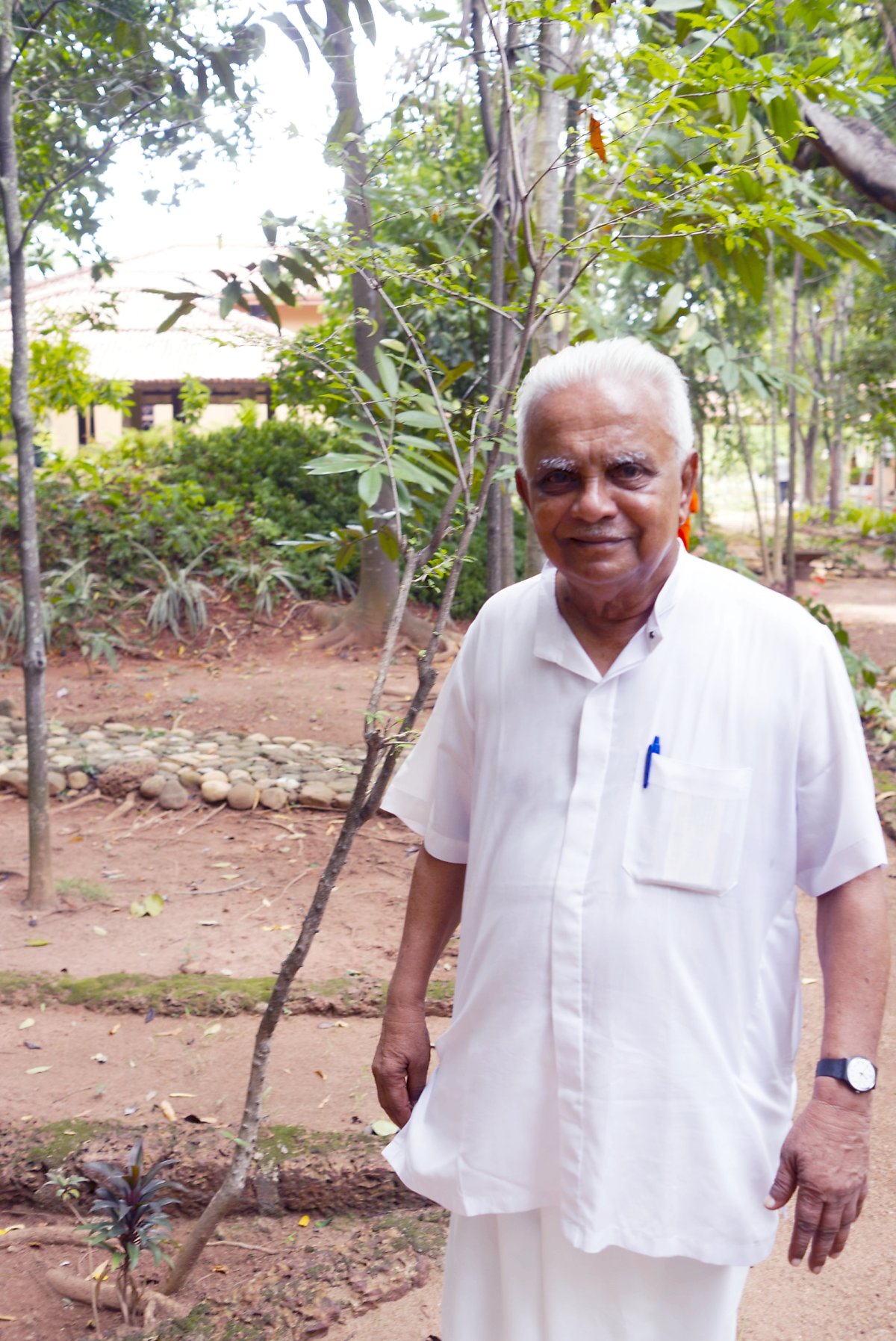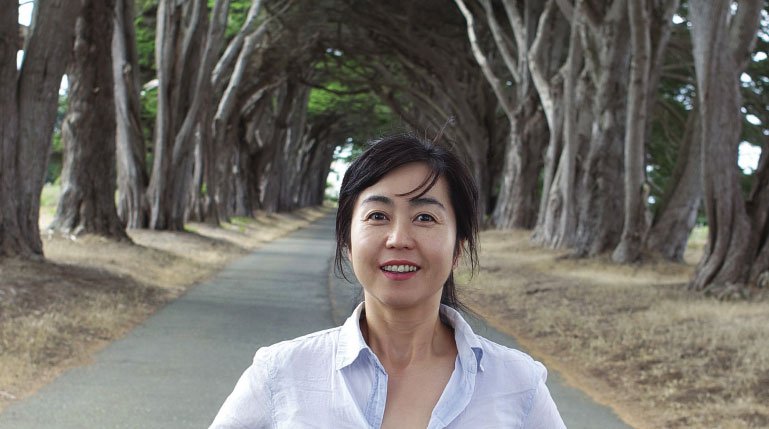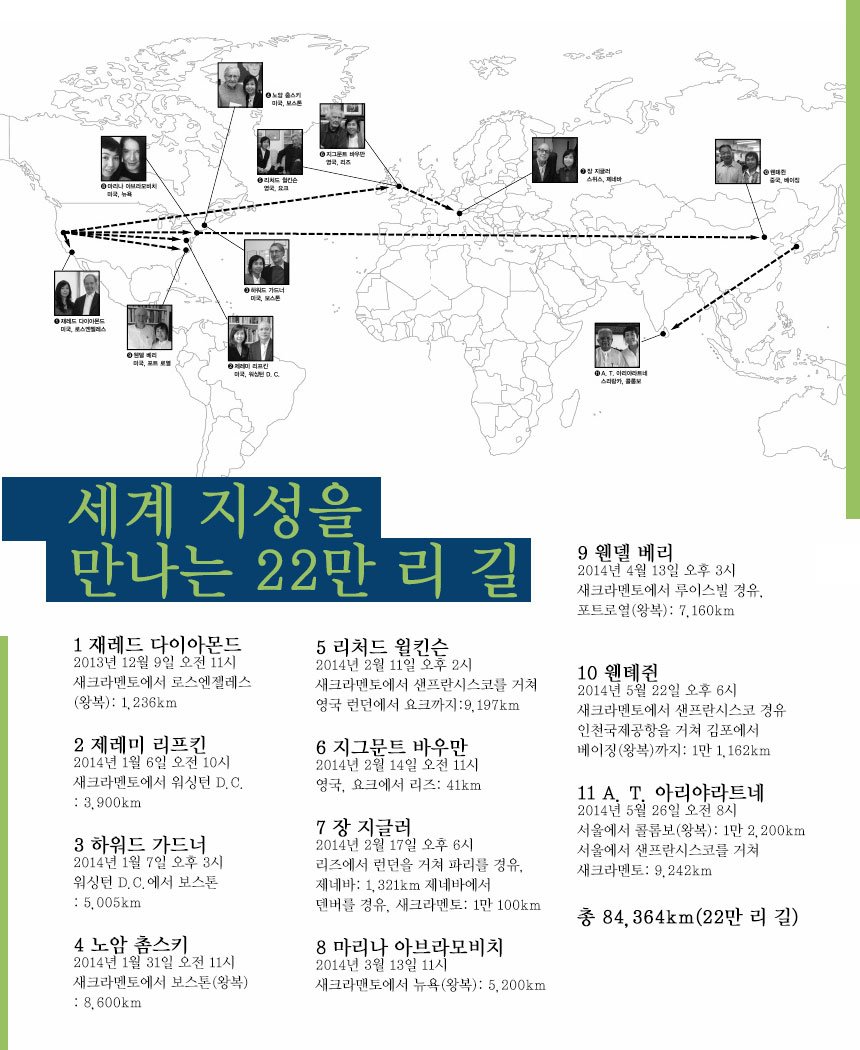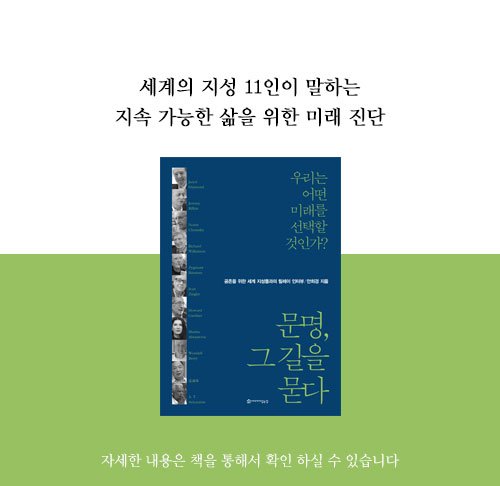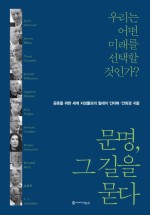Home
>Journals
>The Journal of Asian Studies
>Volume 73 Issue 3
>Pan-Asianism's Religious Undercurrents: The Reception...
English
Français
 The Journal of Asian Studies
The Journal of Asian StudiesArticle contents
Abstract
References
Pan-Asianism's Religious Undercurrents: The Reception of Islam and Translation of the Qur'ān in Twentieth-Century Japan
Published online by Cambridge University Press: 16 September 2014
Hans Martin Krämer
Article
Metrics
Get access
Abstract
Recent scholarship has highlighted the importance of Islam for prewar Japanese pan-Asianists. Yet, by considering Islam solely as a political factor, this strand of scholarship has largely overlooked the religious dimension of Japanese pan-Asianism. The existence of six different complete translations of the Qur'ān into Japanese, however, amply bespeaks a genuinely religious interest in Islam, an impression that is corroborated by a look at the sociopolitical contexts of the translations and the biographical backgrounds of the translators. While explicitly anti-modern, anti-Western, and anti-Christian notions were at work in these broadly pan-Asianist Japanese appropriations of Islam, an analysis of the terminology used in the translations shows that, ironically, Christian precedents were not easily overcome.
TypeResearch Article
Information
The Journal of Asian Studies , Volume 73 , Issue 3 , August 2014 , pp. 619 - 640
DOI: https://doi.org/10.1017/S0021911814000989[Opens in a new window]
CopyrightCopyright © The Association for Asian Studies, Inc. 2014
Access optionsGet access to the full version of this content by using one of the access options below. (Log in options will check for institutional or personal access. Content may require purchase if you do not have access.)
Check access
Institutional loginLog in with Open Athens, Shibboleth, or your institutional credentialsLog in
Personal loginLog in with your Cambridge Core account or society details.Log in
References
Ariga Bunhachirō 有賀文八郎. 1935. “Nihon ni okeru Isuramu-kyō” 日本に於けるイスラム教 [Islam in Japan]. In Nihon shūkyō kōza 日本宗教講座 [Course in Japanese religions], vol. 13. Tokyo: Tōhō Shoin.Google Scholar
Aydin, Cemil. 2007. The Politics of Anti-Westernism in Asia: Visions of World Order in Pan-Islamic and Pan-Asian Thought. New York: Columbia University Press.CrossRefGoogle Scholar
Azegami Naoki 畔上直樹. 2009. “Mura no chinju” to senzen Nihon: “Kokka Shintō” no chiiki shakaishi 「村の鎮守」と戦前日本::「国家神道」の地域社会史 [“Rural protective deities” and prewar Japan: A local social history of “State Shintō”]. Tokyo: Yūshisha.Google Scholar
Azuma Ryūshin 東隆眞. 2002. Nihon no Bukkyō to Isurāmu 日本の仏教とイスラーム [Japanese Buddhism and Islam]. Tokyo: Shunjūsha.Google Scholar
Breen, John. 1996. “Accommodating the Alien: Ōkuni Takamasa and the Religion of the Lord of Heaven.” In Religion in Japan: Arrows to Heaven and Earth, eds. McMullen, Ian J. and Kornicki, Peter, 179–97. Cambridge: Cambridge University Press.Google Scholar
Devine, Richard. 1981. “Hirata Atsutane and Christian Sources.” Monumenta Nipponica 36(1):37–54.CrossRefGoogle Scholar
Dufourmont, Eddy. 2011. “Tanaka Ippei: ‘Islam and Pan-Asianism,’ 1924.” In Pan-Asianism: A Documentary History, Volume 2: 1920–Present, eds. Saaler, Sven and Szpilman, Christopher W. A., 87–91. Lanham, Md.: Rowman & Littlefield.Google Scholar
Ebisawa Arimichi 海老沢有道. 1989. Nihon no Seisho: Seisho wayaku no rekishi 日本の聖書—聖書和訳の歴史 [The Japanese Bible: A history of the Japanese translations of the Bible]. Tokyo: Kōdansha.Google Scholar
Esenbel, Selçuk. 2002. “Japan and Islam Policy during the 1930s.” In Turning Points in Japanese History, ed. Edström, Bert, 180–214. London: Japan Library.Google Scholar
Esenbel, Selçuk. 2004. “Japan's Global Claim to Asia and the World of Islam: Transnational Nationalism and World Power, 1900–1945.” American Historical Review 109(4):1140–70.CrossRefGoogle Scholar
Esenbel, Selçuk. 2007. “The Legacy of the War and the World of Islam in Japanese Pan-Asianist Discourse: Wakabayashi Han's Kaikyō Sekai to Nihon.” In Rethinking the Russo-Japanese War 1904–05, vol. 1, ed. Kowner, Rotem, 263–80. Folkestone: Global Oriental.CrossRefGoogle Scholar
Esenbel, Selçuk. 2011. “Abdürreşid İbrahim: ‘The World of Islam and the Spread of Islam in Japan,’ 1910.” In Pan-Asianism: A Documentary History, Volume 1: 1850–1920, eds. Saaler, Sven and Szpilman, Christopher W. A., 195–203. Lanham, Md.: Rowman & Littlefield.Google Scholar
Fujimoto Katsuji 藤本勝次, Ban Kōsai 伴康哉, and Ikeda Osamu 池田修, trans. 1970. Sekai no meicho 世界の名著 [Great books of the world], vol. 15: Kōran コーラン [Koran]. Tokyo: Chūō Kōronsha.Google Scholar
Goodman, David G., and Miyazawa, Masanori. 2000. Jews in the Japanese Mind: The History and Uses of a Cultural Stereotype. 2nd ed. Lanham, Md.: Lexington Books.Google Scholar
Hara Makoto 原誠. 1997. “Senjika no shūkyō seisaku: ‘Senji Hōkokukai’ to Nihon Kirisuto Kyōdan” 戦時下の宗教政策—「戦時報国会」と日本基督教団 [Religious policy during the war: The “Patriotic War Association” and the United Church of Christ in Japan]. In Kirisutokyō to rekishi キリスト教と歴史 [Christianity and history], ed. Dohi Akio kyōju taishoku kinen ronbunshū henshū iinkai 土肥昭夫教授退職記念論文集編集委員会, 275–98. Tokyo: Shinkyō Shuppansha.Google Scholar
Harootunian, Harry D. 2001. Overcome by Modernity: History, Culture, and Community in Interwar Japan. Princeton, N.J.: Princeton University Press.Google Scholar
Hotta, Eri. 2007. Pan-Asianism and Japan's War 1931–1945. New York: Palgrave Macmillan.CrossRefGoogle Scholar
Ikeuchi Satoshi 池内恵. 2007. “Izutsu Toshihiko no shuyō chosaku ni miru Nihonteki Isurāmu rikai” 井筒俊彦の主要著作に見 る日本的イスラーム理解 [Izutsu Toshihiko's Japanese understanding of Islam as visible in his major works]. Nihon kenkyū 日本研究 36:109–20.Google Scholar
Ikeuchi Satoshi 池内恵. 2009. “Izutsu Toshihiko no Nihonteki Isurāmu ron” 井筒俊彦の日本的イスラーム論 [Izutsu Toshihiko's Japanese Islam discourse]. Asuteion アステイオン 70:172–79.Google Scholar
Izutsu Toshihiko 井筒俊彦, trans. [1957–58] 1964. Kōran コーラン [Koran]. 3 vols. 2nd ed. Tokyo: Iwanami shoten.Google ScholarPubMed
Izutsu Toshihiko 井筒俊彦. 1992. Izutsu Toshihiko chosakushū 井筒俊彦著作集 [Works of Izutsu Toshihiko], vol. 5: Isurāmu tetsugaku イスラーム哲学 [Islamic philosophy]. Tokyo: Chūō Kōronsha.Google Scholar
Kawamura Mitsuo 川村光郎. 1987. “Senzen Nihon no Isuramu, Chūtō kenkyū shōshi: Shōwa 10 nendai o chūshin ni” 戦前日本のイスラム・中東研究小史—昭和 10 年代を中心に [A short history of research on Islam and the Middle East in prewar Japan: Centering on the period from 1935 to 1944]. Annals of Japan Association for Middle East Studies 2:409–39.Google Scholar
Komura Fujio 小村不二男. 1988. Nihon Isurāmu shi 日本イスラーム史 [History of Islam in Japan]. Tokyo: Nihon Isurāmu Yūkō Renmei.Google ScholarPubMed
Kubota Hiroshi 久保田浩. 2002. “The Quest for Religious and National Identity of Japanese Protestants before 1945: Anti-, or Philo-Semitism as the Framework of Reference.” In Religion and National Identity in the Japanese Context, eds. Antoni, Klaus et al. , 51–74. Münster: Lit.Google Scholar
Makino Shin'ya 牧野信也. 1998. “On the Originality of ‘Izutsu’ Oriental Philosophy.” In Consciousness and Reality: Studies in Memory of Toshihiko Izutsu, eds. Jalāl al-Din Āshtiyāni, Sayyid et al. , 251–58. Tokyo: Iwanami.Google Scholar
Matsuura Masataka 松浦正孝. 2010. “Daitōa sensō” wa naze okita no ka: Han Ajia shugi no seiji keizai shi 「大東亜戦争」はなぜ起きたのか—汎アジア主義の政治経済史 [Why did the “Greater East Asian War” occur? A political and economic history of pan-Asianism]. Nagoya: Nagoya Daigaku Shuppankai.Google Scholar
Mita Ryōichi 三田了一. 1924. “Zaiha eikoku shokuryōhin yushutsu kaisha kōjō chōsasho” 在哈英国食糧品輸出会社工場調査書 [Report on the factory of an English food export company in Harbin]. In Gendaishi shiryō 現代史資料 [Sources on contemporary history], vol. 32 eds. Itō Takeo 伊藤武雄 et al. , 773–79. Tokyo: Misuzu Shobō.Google Scholar
Mita Ryōichi 三田了一. 1940. Shin-chitsujo kensetsu to senbu kōsaku 新秩序建設と宣撫工作 [The erection of the new order and propaganda work]. Tokyo: Kaizōsha.Google Scholar
Mita Ryōichi 三田了一, trans. [1972] 1982. Sei Kurān: Nichia taiyaku, chūkai 聖クラーン::日亜対訳・注解 [The Holy Qur'ān: Bilingual Japanese Arabic version and annotations]. Rev. ed. Tokyo: Nichiyaku Kurān Kankōkai.Google Scholar
Mita Ryōichi 三田了一. n.d. Kita Shina Kaikyō jijō 北支那回教事情 [The situation of Islam in North China]. n.p.: Minami Manshū Tetsudō Hokushi Keizai Chōsasho. Available in the National Diet Library, call no. 167-M494 k.Google Scholar
Mitani Hiroshi 三谷博. 1997. “A Protonation-State and Its ‘Unforgettable Other’: The Prerequisites for Meiji International Relations.” In New Directions in the Study of Meiji Japan, ed. Hardacre, Helen, 293–310. Leiden: Brill.Google Scholar
Mori Nobuo 森伸生. 2009. “Kindai Nihon no Isurāmu ninshiki: Tanaka Ippei no Isurāmu shinkō” 近代日本のイスラーム認識—田中逸平のイスラーム信仰 [The knowledge of Islam in modern Japan: Tanaka Ippei's belief in Islam]. In Kindai Nihon no Isurāmu ninshiki: Musurimu Tanaka Ippei no kiseki kara 近代日本のイスラーム認識―田中逸 平の軌跡から [The knowledge of Islam in modern Japan: From the trajectory of Tanaka Ippei], ed. Kenkyūkai, Tanaka Ippei 田中逸平研究会, 81–123. Tokyo: Jiyūsha.Google Scholar
Morimoto Abu Bakr Takeo 森本武夫. 1976–78. “Sei Kurān nichiyaku no rekishi” 聖クラーン日訳の歴史 [A history of the Japanese translations of the Holy Qur'ān]. Assarāmu アッサラーム 6 (1976):18–23; 7 (1977):20–25; 9 (1977):50–57; 10 (1978):54–56.Google Scholar
Ōkawa Reiko 大川玲子. 2004. Seiten “Kuruān” no shisō: Isurāmu no sekaikan 聖典「クルアーン」の思想—イスラームの世界観 [The thought of the holy scripture “Qur'ān”: The world view of Islam]. Tokyo: Kōdansha.Google Scholar
Ōkawa Shūmei 大川周明. 1942. Kaikyō gairon 回教概論 [Outline of Islam]. Tokyo: Keiō Shobō.Google Scholar
Ōkawa Shūmei 大川周明, trans. 1950. Kōran 古蘭 [Koran]. Tokyo: Iwasaki Shoten.Google ScholarPubMed
Ōkawa Shūmei 大川周明. 1961. Ōkawa Shūmei zenshū 大川周明全集 [Complete works of Ōkawa Shūmei]. Vol. 1. Tokyo: Ōkawa Shūmei Zenshū Kankōkai.Google Scholar
Pickthall, Marmaduke William. 1930. The Meaning of the Glorious Koran: An Explanatory Translation by Marmaduke Pickthall. London: George Allen & Unwin.Google Scholar
Rezrazi, El Mostafa. 1997. “Dai Ajiashugi to Nihon Isurāmukyō: Hatano Uhō no ‘chōhō kara Isurāmu’ e no tabi” 大亜細亜主義と日本イスラーム教::波多野烏峰の「諜報からイスラーム」への旅 [Pan-Asianism and Japanese Islam: Hatano Uhō's travel “from espionage to Islam”]. Annals of Japan Association for Middle East Studies 12:89–112.Google Scholar
Rots, Aike. 2010. “Japan, the Jews, and Divine Election: Nakada Jūji's Christian Nationalism.” The Newsletter (International Institute for Asian Studies) 54:31.Google Scholar
Sakamoto Ken'ichi 坂本健一, trans. 1920. Sekai seiten zenshū 世界聖典全集 [Complete collection of holy scriptures of the world]. Vols. 14–15: Kōrankyō コーラン経 [The Koran scripture]. Tokyo: Sekai Seiten Zenshū Kankōkai.Google Scholar
Sakurai Keiko 桜井啓子. 2003. Nihon no Musurimu Shakai 日本のムスリム社会 [The Muslim Society of Japan]. Tokyo: Chikuma Shobō.Google Scholar
Sawai, Yoshitsugu 澤井義次. 2008. “Izutsu's Creative ‘Reading’ of Oriental Thought and Its Development.” In The Structure of Oriental Philosophy: Collected Papers of the Eranos Conference, ed. Izutsu, Toshihiko, 215–23. Tokyo: Keiō University Press.Google Scholar
Schneider, Bernardin. 2003. “Bible Translations.” In Handbook of Christianity in Japan (Handbuch der Orientalistik 5, 10), ed. Mullins, Mark, 205–25. Leiden: Brill.Google Scholar
Sekioka Hideyuki 関岡英之. 2007. Ōkawa Shūmei no dai Ajia shugi 大川周明の大アジア主義 [The greater Asianism of Ōkawa Shūmei]. Tokyo: Kōdansha.Google Scholar
Shimamoto Takamitsu 嶋本隆光. 2008. “Ōkawa Shūmei no shūkyō kenkyū: Isurāmu kenkyū e no michi” 大川周明の宗教研究—イスラーム研究への道 [Ōkawa Shūmei's research on religion: His path to research on Islam]. Nihongo, Nihon bunka 日本語・日本文化 34:1–22.Google Scholar
Shinohe Jun'ya 四戸潤弥. 2004. “Afumado Ariga Bunpachirō (Amado): Nihon ni okeru Isurāmu hōgaku no senkusha toshite no ichizuke” アフマド有賀文八郎((阿馬土))—日本におけるイスラーム法学の先駆者としての位置づけ [Ahmad Ariga Bunpachirō (Amado): His position as pioneer of Islamic jurisprudence in Japan]. Shūkyō kenkyū 宗教研究 78:301–23.Google Scholar
Sugita Hideaki 杉田英明. 1995. Nihonjin no Chūtō hakken: Gyaku-enkinhō no hikaku bunka shi 日本人の中東発見—逆遠近法の比較文化史 [The Japanese discovery of the Middle East: A cultural history in reverse perspective]. Tokyo: Tōkyō Daigaku Shuppan.Google Scholar
Suzuki Norihisa 鈴木範久. 2006. Seisho no Nihongo: Hon'yaku no rekishi 聖書の日本語—翻訳の歴史 [The Japanese of the Bible: A history of its translation]. Tokyo: Iwanami.Google Scholar
Szpilman, Christopher W. A. 2011. “Ōkawa Shūmei: ‘Various Problems of Asia in Revival,’ 1922.” In Pan-Asianism: A Documentary History, Volume 2: 1920–Present, eds. Saaler, Sven and Szpilman, Christopher W. A., 69–74. Lanham, Md.: Rowman & Littlefield.Google Scholar
Takahashi Gorō 高橋五郎 and Ariga Amado 有賀阿馬土, trans. 1938. Sei Kōrankyō: Isuramu kyōten 聖香蘭経: イスラム教典 [The Holy Koran: The scripture of Islam]. Tokyo: Sei Kōrankyō Kankōkai.Google Scholar
Tanada Hirofumi 店田廣文. 2007. “Islamic Studies in Wartime Japan: An Analysis of Historical Materials of the Greater Japan Muslim League.” Annals of Japan Association for Middle East Studies 23(2):215–36.Google Scholar
Tanaka Ippei 田中逸平. [1920] 2003. “Shina Kaikyō mondai no shōrai to kōkoku Shintō” 支那回教問題の将来と皇国神道 [The future of the problem of Islam in China and the Shintō of our imperial nation]. In Tanaka Ippei sono 3: Nihon ron/Nihon Musurimu kara mita Shintō 田中逸平その3—日本論 //日本ムスリムから見た神道 [Tanaka Ippei, part 3: Japan theory/Shintō as viewed by a Japanese Muslim], ed. Takushoku Daigaku Sōritsu Hyakunenshi Hensanshitsu 拓殖大学創立百年史編纂室, 3–11. Tokyo: Takushoku Daigaku.Google Scholar
Tazawa Takuya 田澤拓也. 1998. Musurimu Nippon ムスリム・ニッポン [Muslim Japan]. Tokyo: Shōgakukan.Google ScholarPubMed
Thelle, Notto R. 1987. Buddhism and Christianity in Japan: From Conflict to Dialogue, 1854–1899. Honolulu: University of Hawai‘i Press.Google Scholar
Tsubouchi Takahiko 坪内隆彦. 2001. “Isurāmu senkusha Tanaka Ippei shiron” イスラーム先駆者田中逸平・試論 [Explorative discussion of Tanaka Ippei, pioneer of Islam]. Takushoku daigaku hyakunen-shi kenkyū 拓殖大学百年史研究 8:1–56.Google Scholar
Usuki Akira 臼杵陽. 2008. “Ōkawa Shūmei no Isurāmu kenkyū: Nihonteki Orientarisuto no manazashi” 大川周明のイスラーム研究—日本的オリエンタリストのまなざし [Ōkawa Shūmei's Islam research: A Japanese Orientalist look]. Kikan Nihon shisō-shi 季刊日本思想史 72:130–52.Google Scholar
Usuki Akira 臼杵陽. 2010. Ōkawa Shūmei: Isurāmu to Tennō no hazama de 大川周明 : イスラームと天皇のはざまで [Ōkawa Shūmei: Between Islam and Tennō]. Tokyo: Seidosha.Google Scholar
Usuki Akira 臼杵陽. 2013. “Han Isurāmu shugi to han Arabu shugi no shin-dankai: 1931-nen Erusaremu han Isurāmu Kaigi kara no kōsatsu” 汎イスラーム主義と汎アラブ主義の新段階—1931 年エルサレム・汎イスラーム会議からの考察 [A new phase of pan-Islamism and pan-Arabism: An examination setting out from the 1931 Pan-Islamic Conference in Jerusalem]. In Ajia shugi wa nani o kataru no ka: Kioku, kenryoku, kachi アジア主義は何を語るのか—記憶・権力・価値 [What stories does Asianism tell us? Memory, power, values], ed. Masataka, Matsuura 松浦正孝, 274–91. Kyoto: Mineruva Shobō.Google Scholar
Wakamatsu Eisuke 若松英輔. 2011. Izutsu Toshihiko: Eichi no tetsugaku 井筒俊彦—叡智の哲学 [Izutsu Toshihiko: Philosophy of wisdom]. Tokyo: Keiō Gijuku Daigaku Shuppankai.Google Scholar
Weber, Torsten. 2011. “The Greater Asia Association and Matsui Iwane, 1933.” In Pan-Asianism: A Documentary History, Volume 2: 1920–Present, eds. Saaler, Sven and Szpilman, Christopher W. A., 137–47. Lanham, Md.: Rowman & Littlefield.Google Scholar

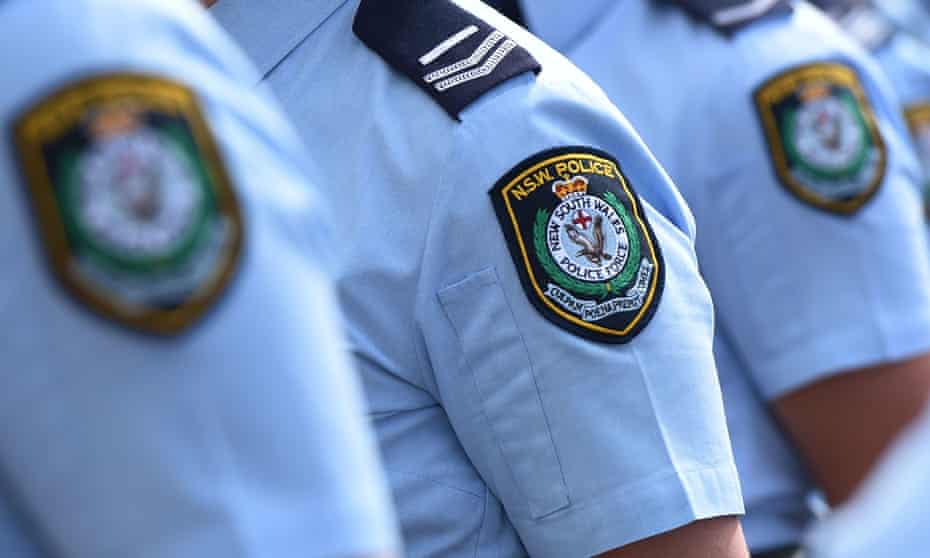 New South Wales police raided a climate protest group in Colo, in Sydney’s north-west on Sunday. Photograph: Dean Lewins/AAP
New South Wales police raided a climate protest group in Colo, in Sydney’s north-west on Sunday. Photograph: Dean Lewins/AAP
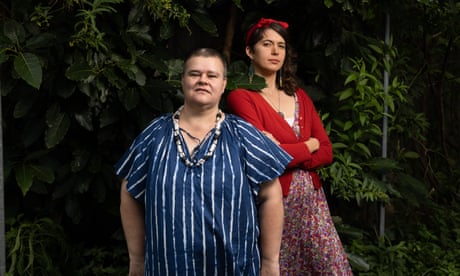
 Protesters Helen Kvelde and Dominique Jacobs from Blockade Australia block traffic into Sydney's major port on Wednesday. Photograph: Blockade Australia
Protesters Helen Kvelde and Dominique Jacobs from Blockade Australia block traffic into Sydney's major port on Wednesday. Photograph: Blockade Australia
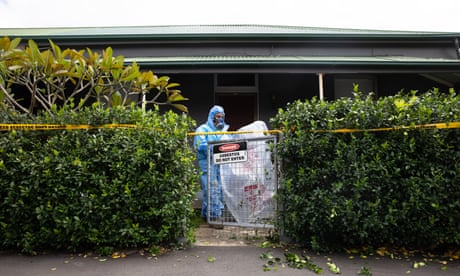

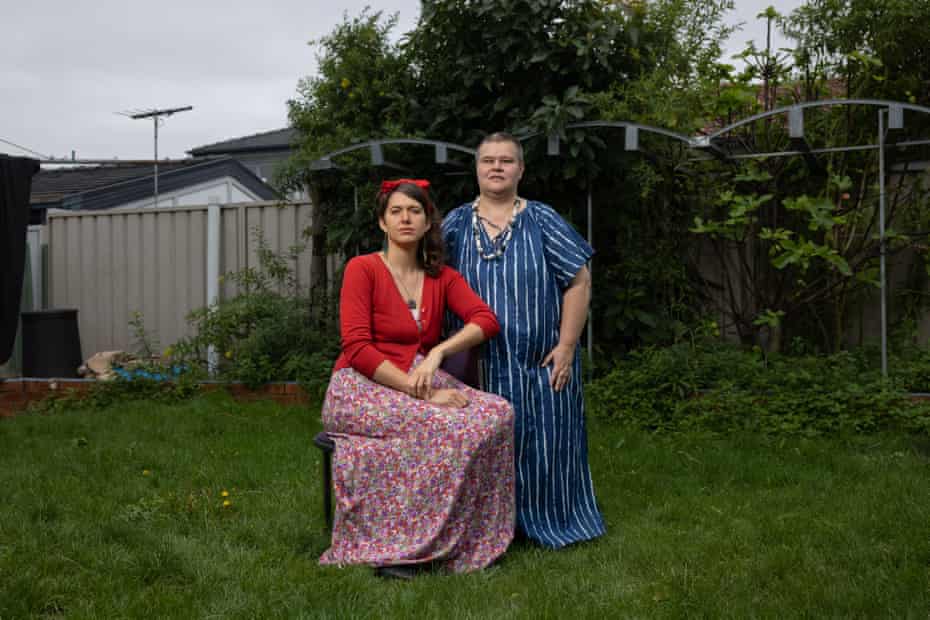 Violet Coco and Sam Noonan are both members of the Fireproof Australia activist group. Photograph: Carly Earl/The Guardian
Violet Coco and Sam Noonan are both members of the Fireproof Australia activist group. Photograph: Carly Earl/The Guardian Fireproof Australia taking their first roadblock action on the Princes Highway in Sylvania, NSW. Photograph: Fireproof Australia
Fireproof Australia taking their first roadblock action on the Princes Highway in Sylvania, NSW. Photograph: Fireproof Australia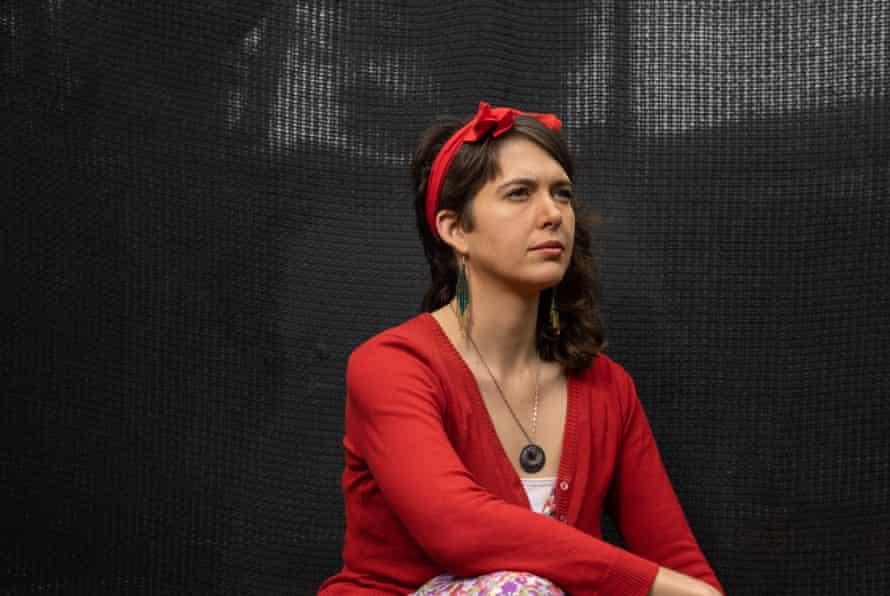 Violet Coco, a member of the Fireproof Australia activist group. Photograph: Carly Earl/The Guardian
Violet Coco, a member of the Fireproof Australia activist group. Photograph: Carly Earl/The Guardian








